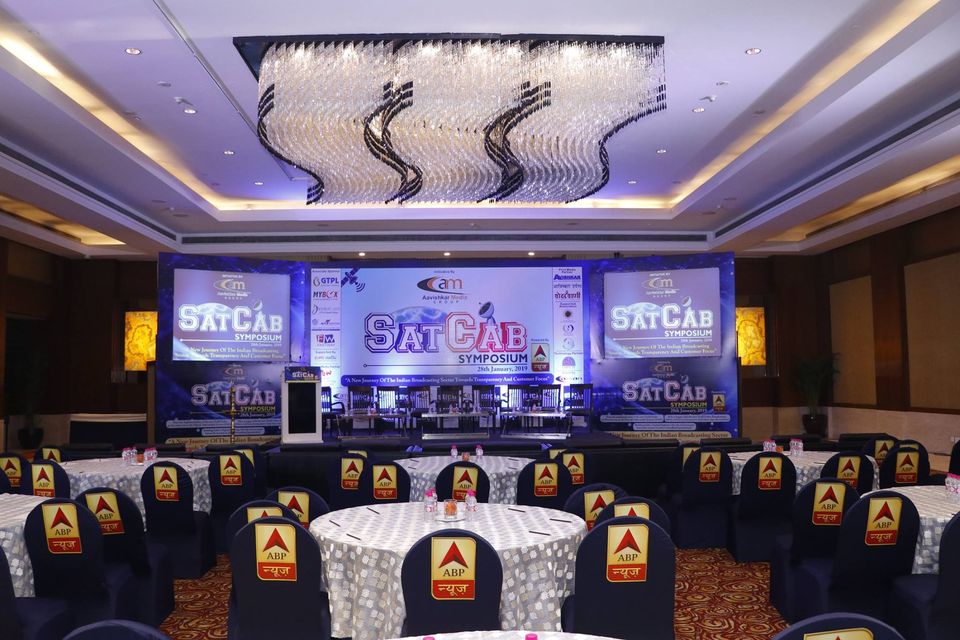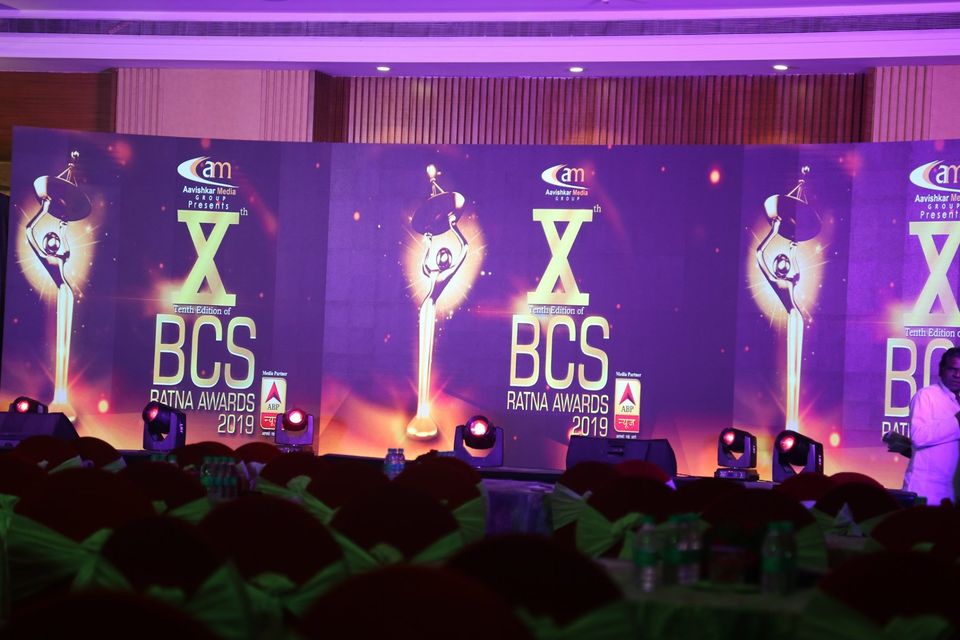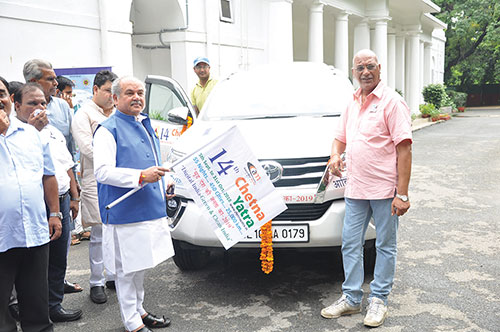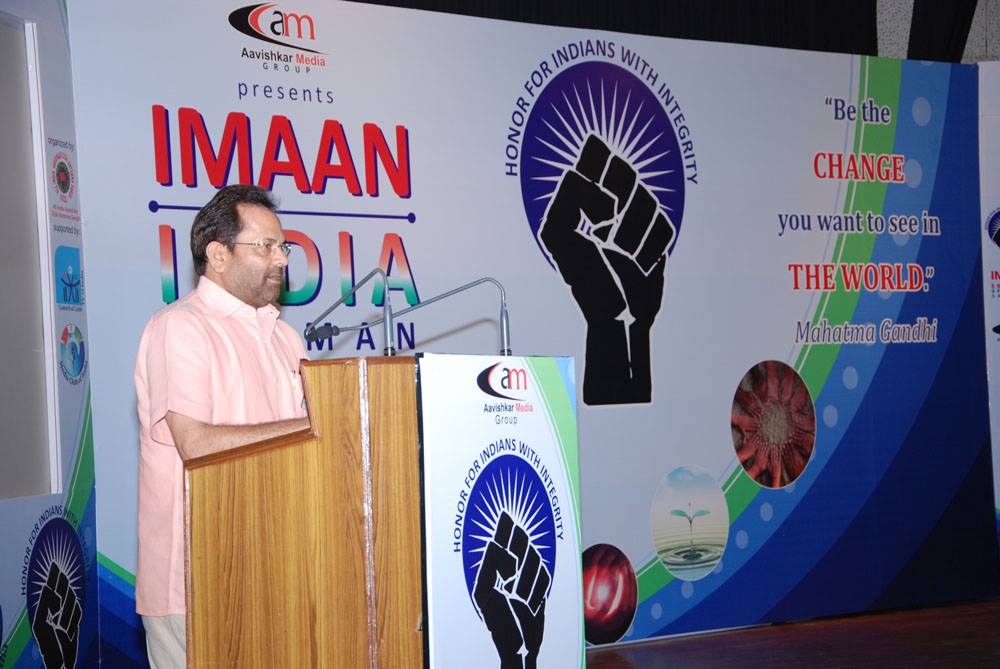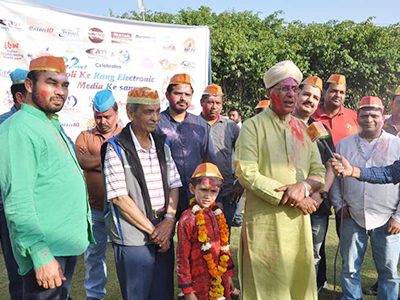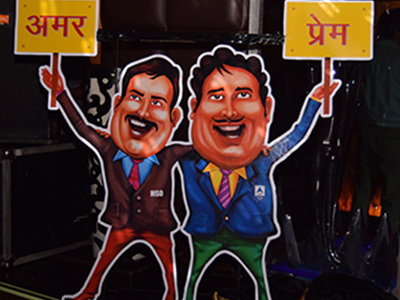A new research — Ofcom’s annual report into the nation’s digital habits — unveiled yesterday by the British communications services regulator Ofcom reveals stark differences in the online lives of men and women in the UK.
Across all adult age groups, women are spending more time online — on smartphones, tablets and computers— than men, clocking up an extra 33 minutes more each day in May 2024 on average at 4 hours 36 minutes, compared to 4 hours 3 minutes.
This gender gap is at its most extreme among ‘Gen Z’ internet users. Women aged 18-24 are spending more than an hour longer each day online than their male counterparts — an average of 6 hours 36 minutes, versus 5 hours 28 minutes for men (+21 percent).
Looking at the top 10 social media websites and apps, women account for the majority of time spent on Pinterest (79 percent), Snapchat (66 percent), Instagram (64 percent), TikTok (62 percent) and Facebook (61 percent).
Men, on the other hand, account for the majority of time spent on Quora (70 percent), X (63 percent), Reddit (61 percent), LinkedIn (60 percent) and YouTube (56 percent).
Although women in general engage more heavily with the online world, they’re more likely than men to feel they have a good balance between their screen-time and real-world activities (69 percent vs. 66 percent). But they’re also more sceptical about the internet’s personal and societal value, given they’re less likely than men to think that the benefits of the online world outweigh the risks (65 percent vs. 70 percent) and less likely to believe that the internet is a good thing for society (34 percent vs. 47 percent).
Women and teenage girls are more worried about online harms. Similarly, women are much more troubled than men about the potential for harm online. Extremism (87 percent vs 77 percent), human trafficking (86 percent vs 76 percent), suicide (86 percent vs 77 percent), female genital mutilation (85 percent vs 74 percent) and hateful or offensive content (83 percent vs 67 percent) are significantly more worrying for women than men.
This is echoed among teenage girls aged 13-17, who are much more concerned than boys of the same age about sexual or pornographic (67 percent vs 48 percent), misogynistic (60 percent vs 51 percent), and violent content (64 percent vs 52 percent), as well as content promoting self-harm (75 percent vs 59 percent), or excessive or unhealthy dieting/exercise (51 percent vs 37 percent).
When it comes to actual experience of online harms, men are more likely to encounter misinformation (41 percent vs 37 percent), scams or fraud (36 percent vs 31 percent) and hateful content (27 percent vs 24 percent).
Women are more likely to experience unwelcome friend or follow requests (30 percent vs 26 percent), misogynistic content (23 percent vs 19 percent) and body image related content (21 percent vs 13 percent).
Teenage boys are more likely than girls to encounter content showing dangerous stunts (29 percent vs 19 percent). Girls more commonly experience online harms relating to body image, including content stigmatising certain body types (25 percent vs 11 percent); content promoting excessive or unhealthy eating/exercise (19 percent vs 9 percent); group shaming (19 percent vs 10 percent) and eating disorder-related content (17 percent vs 5 percent).
As with older women, teenage girls are also more likely than boys to say they’d experienced unwelcome friends or follow requests (33 percent vs 21 percent) and misogynistic content (23 percent vs 14 percent).
From next month, tech firms will have to start acting, under new online safety laws, to protect adults and children online – starting with tackling the most harmful, illegal content, the regulator said, adding, specific guidance for services on how we expect them to make online life safer for women and girls, and new Codes of Practice to protect children, will swiftly follow in the first half of 2025.
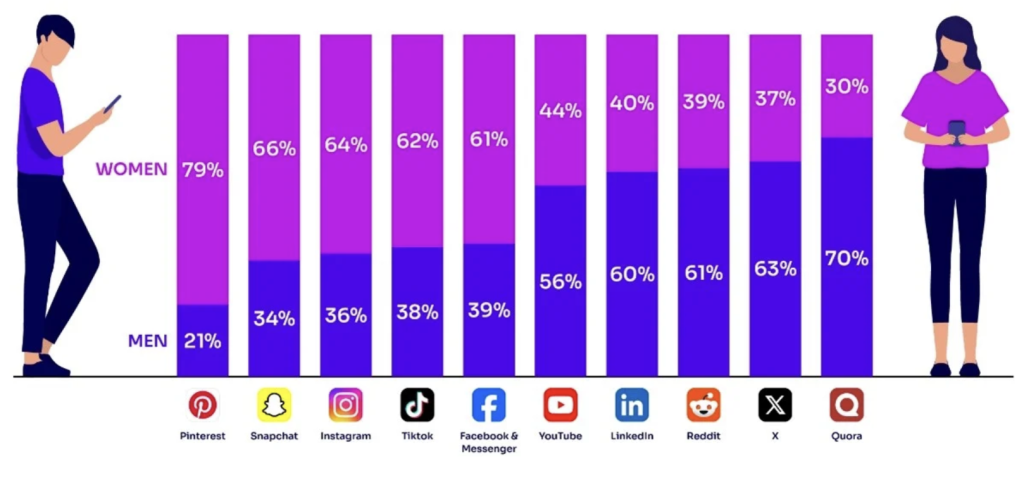
Men’s and women’s contrasting habits are also evident in other areas of online life, with other notable findings from the report including:
Generative AI: Men are more likely than women to have used a generative AI tool in the past year (50 percent vs 33 percent). Women are more likely than men to say they don’t know what this technology is (29 percent vs. 19 percent) and more likely to say they don’t know how to use it (30 percent vs 23 percent). Women are also more concerned about the risks of using generative-AI than men (17 percent vs. 11 percent) and about its future impact on society (64 percent vs 55 percent).
Online news: While men (49 percent) and women (51 percent) are equally as likely to visit an online news service in May 2024, the average time they spend on them varies significantly. Men spent 39 percent more time than women on the top 10 news services in May 2024 — 4 hours 49 minutes compared to 3 hours 28 minutes.
Dating and pornography: Men are significantly more likely than women to visit online dating sites (65 percent vs. 35 percent). Hinge is the only service in the top 10 where women outnumbered men (53 percent vs. 47 percent). Online men are also twice as likely to visit a pornographic service than women; 43 percent (10.0m) did so in May 2024, compared with 16 percent (3.8m) of women. Male visitors spent an average of 1 hour 44 minutes on porn sites in May 2024, while female visitors spent around an hour.
Health and fitness: Women are more likely to visit health and wellbeing sites than men (88 percent vs 80 percent). In May 2024, 57 percent of NHS (the health scheme) sites’ adult visitors were women, while 43 percent were men. This pattern was particularly pronounced among visitors to Healthline, WebMD, Fitbit, Medical News Today and Mayo Clinic, which all attracted around twice as many women as men.
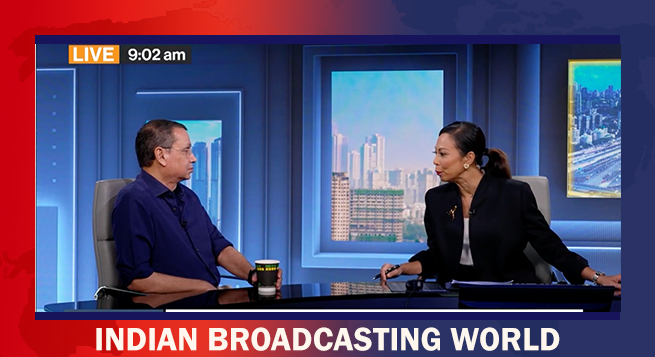 JioStar vice-chair Uday Shankar on surge in streaming subs, trade tariff challenges
JioStar vice-chair Uday Shankar on surge in streaming subs, trade tariff challenges 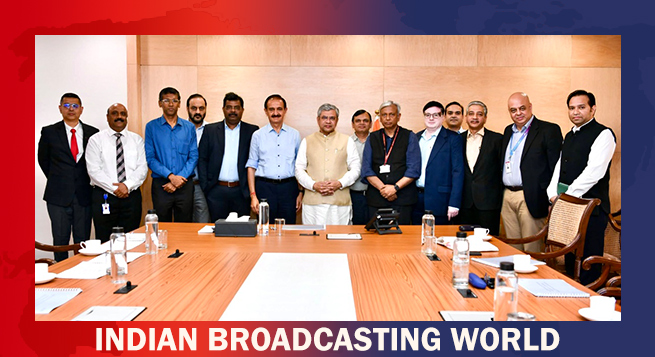 AIDCF team discusses industry issues with Vaishnaw
AIDCF team discusses industry issues with Vaishnaw 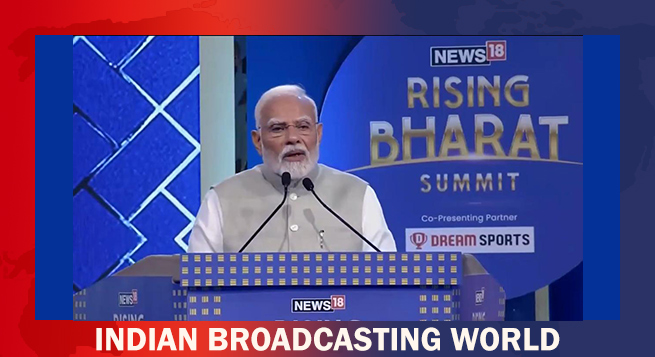 PM Modi: WAVES will empower Indian content creators go global
PM Modi: WAVES will empower Indian content creators go global 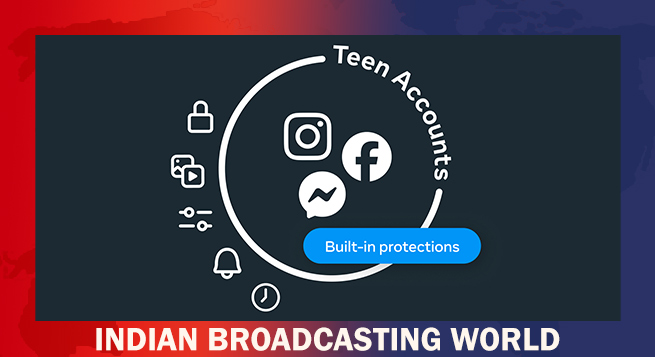 Meta rolls out ‘Teen Accounts’ feature to FB, Messenger
Meta rolls out ‘Teen Accounts’ feature to FB, Messenger 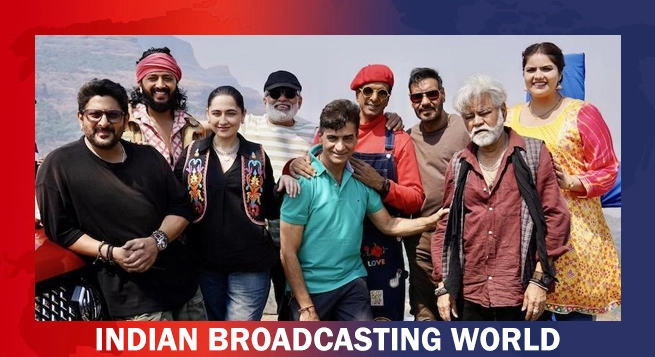 Sri Adhikari Brothers join hands with Maruti Films for ‘Dhamaal 4’
Sri Adhikari Brothers join hands with Maruti Films for ‘Dhamaal 4’ 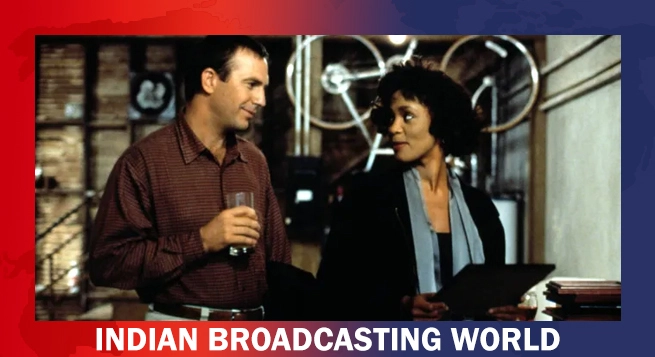 Warner Bros to remake ‘The Bodyguard’
Warner Bros to remake ‘The Bodyguard’ 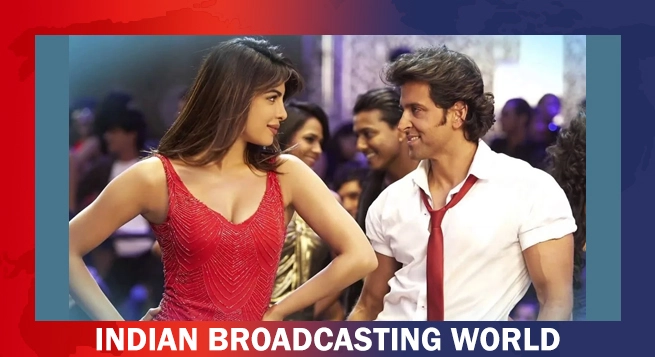 Priyanka to reunite with Hrithik Roshan in ‘Krrish 4’
Priyanka to reunite with Hrithik Roshan in ‘Krrish 4’  Nawazuddin Siddiqui to headline ZEE5’s ‘Costao’
Nawazuddin Siddiqui to headline ZEE5’s ‘Costao’ 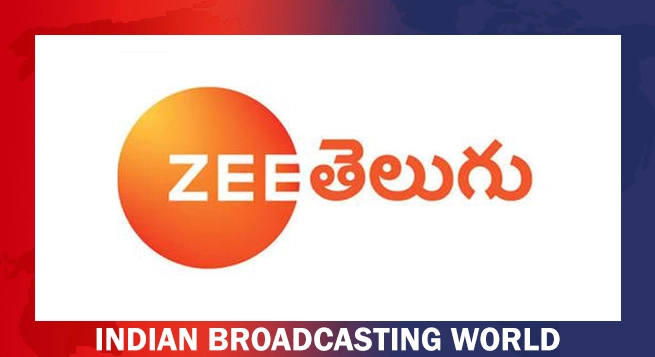 Zee Telugu unveils ‘Drama Juniors’ S8
Zee Telugu unveils ‘Drama Juniors’ S8 



